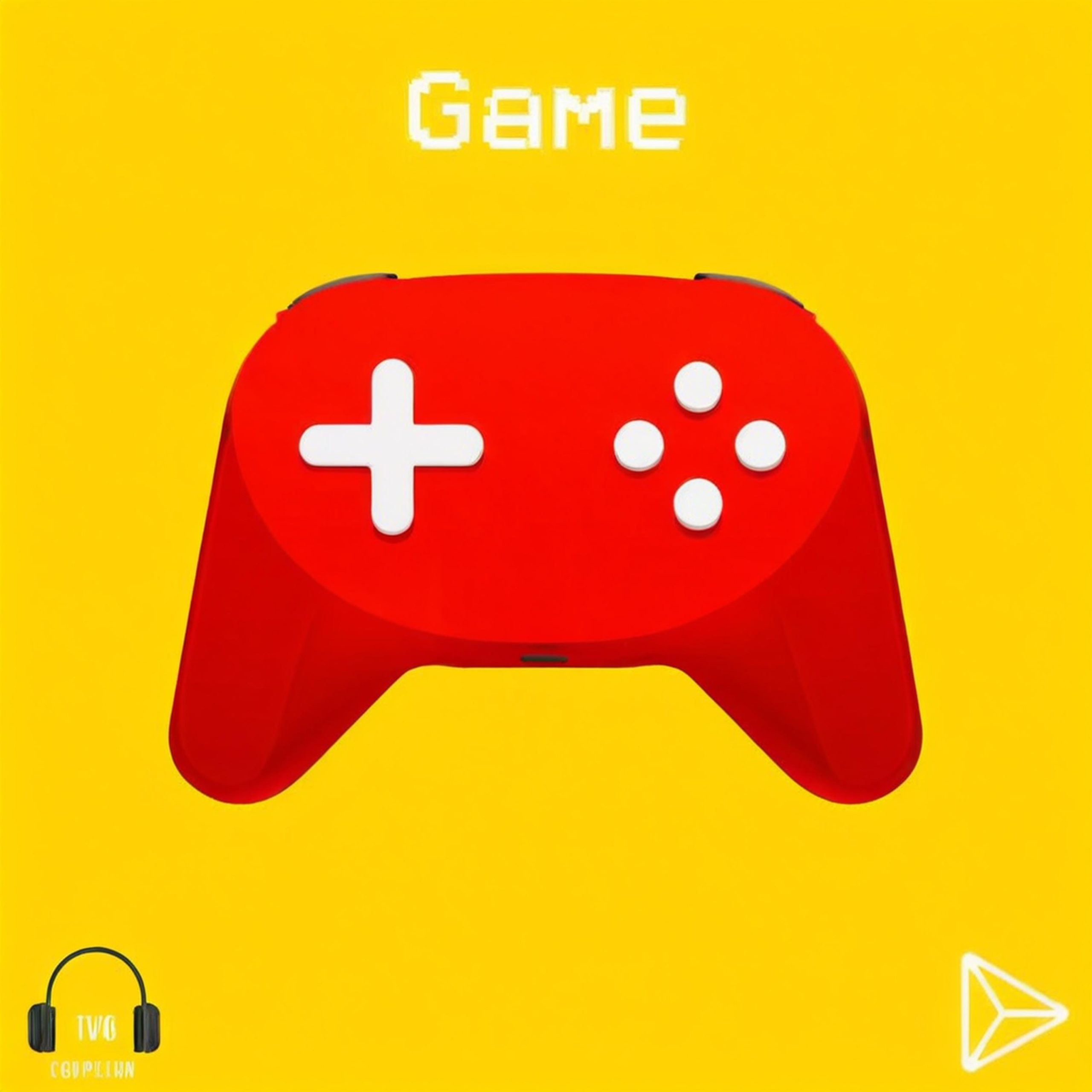# How to Create a Game: A Comhensive Guide

r share of challenges. Whether youre a beginner or an experienced developer, understanding the process is essential. This article will explore common questions about game creation, provide valuable insights, and share tips to help you bring your vision to life.
## What Are the Key Steps to Create a Game?
Before diving into game development, its crucial to understand the fundamental steps involved. These stages include:
1. Idea Generation: What is the core concept of your game? What genre will it fall into?
2. Design Document: How will you outline the mechanics, story, and user experience?
3. Prototyping: Can you create a basic version to test your ideas?
4. Development: Which tools and programming languages will you use?
5. Testing and Iteration: How will you gather feedback and improve the game?
6. Launch: What platforms will you release your game on?
Each step requires careful planning and creativity. For example, if youre creating a game based on a story, your design document should include character arcs, plot points, and gameplay interactions.
## What Tools and Technologies Do I Need?
The tools you choose depend on your games complexity and your familiarity with programming. Here are some popular options:
Unity: A versatile engine for 2D and 3D games, supporting C#.
Unreal Engine: Known for its highfidelity graphics, using C or Blueprints.
Godot: An opensource alternative with a userfriendly interface.
GameMaker Studio: Ideal for beginners and 2D games.
For instance, if youre creating a game with simple mechanics, GameMaker Studio might be the best starting point. However, for something more ambitious, Unity or Unreal Engine could be more appropriate.
## How Do I Handle Game Mechanics?
Game mechanics are the rules and systems that define how players interact with your game. Common mechanics include:
Puzzle Solving: Think *Portal* or *The Witness*.
Combat: *Dark Souls* and *Final Fantasy* are prime examples.
Exploration: Openworld games like *The Legend of Zelda* rely on this.
Racing: *Forza Horizon* and *Gran Turismo* showcase this mechanic.
When creating a game, consider how these mechanics will engage your players. For example, a puzzle game should challenge without being frustrating, while a racing game needs smooth controls and dynamic environments.
## What About Story and Narrative?
Even if your game is primarily gameplaydriven, a compelling story can enhance the experience. Here are some tips for integrating narrative:
Character Development: Create relatable protagonists and antagonists.
WorldBuilding: Make your games setting immersive and believable.
Dialogue: Write natural conversations that fit the games tone.
For example, *Red Dead Redemption 2* excels in storytelling, making its players emotionally invested in the characters and world.
## How Do I Test and Iterate on My Game?
Testing is a critical part of game development. Here’s how to approach it:
1. Playtesting: Have others try your game and provide feedback.
2. Balancing: Adjust difficulty and mechanics based on player input.
3. Bug Fixing: Continuously refine the game to eliminate issues.
Sharing your game with a test group can reveal problems you might not have noticed. For instance, if youre creating a game and players find a glitch, it’s essential to fix it before the official release.
## Sharing Your Game: Final Thoughts
Once your game is ready, sharing it with the world is the next step. Consider these strategies:
Beta Launch: Release a limited version to gather final feedback.
Marketing: Use social media, gaming forums, and influencers to promote your game.
Community Engagement: Build a following by interacting with players.
Sharing your creation can be as rewarding as the development process itself. Whether it’s a small indie game or a massive AAA title, the experience of creating a game and seeing it enjoyed by others is unparalleled.
By addressing these questions and following these guidelines, you’ll be well on your way to creating a game that captivates players and stands out in the competitive gaming landscape.

